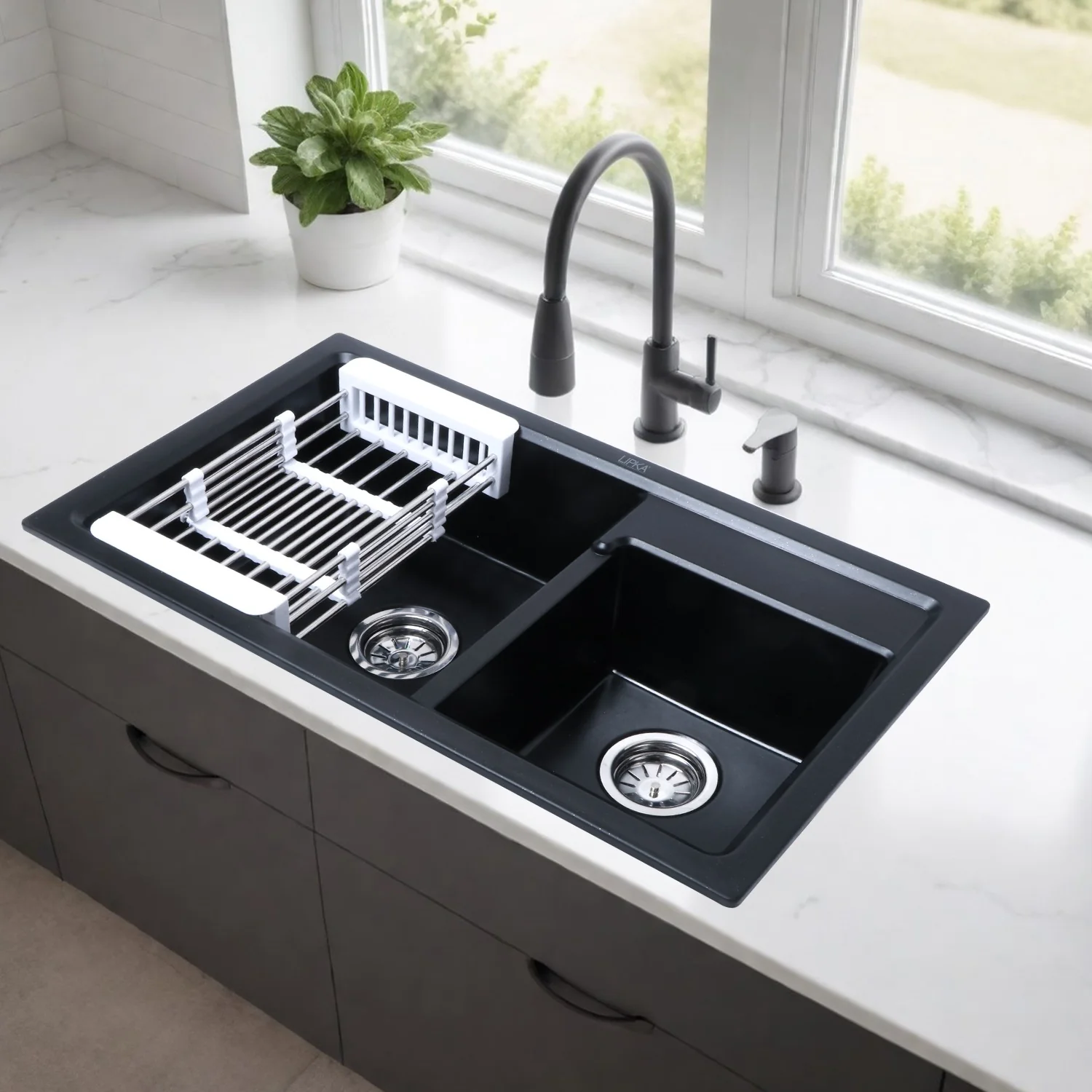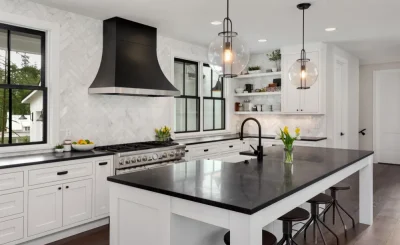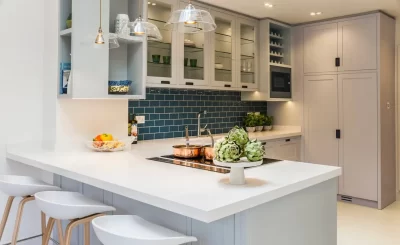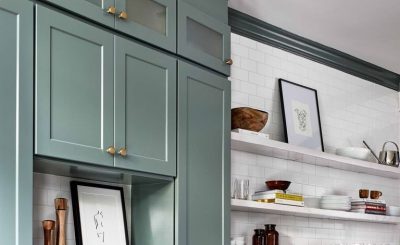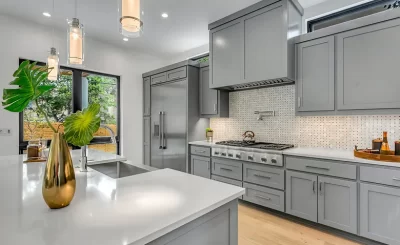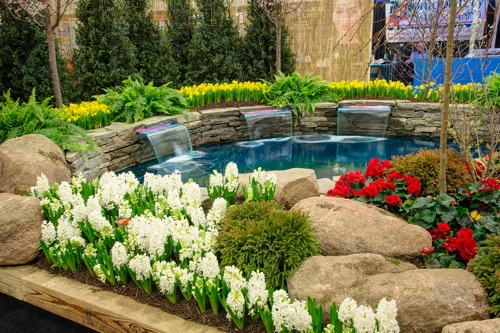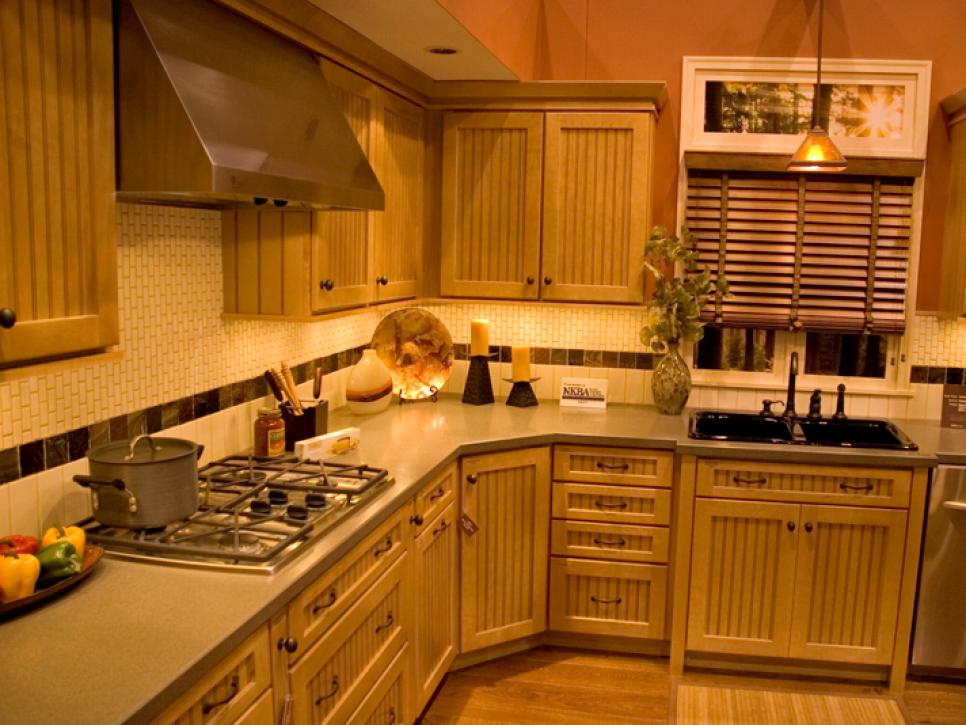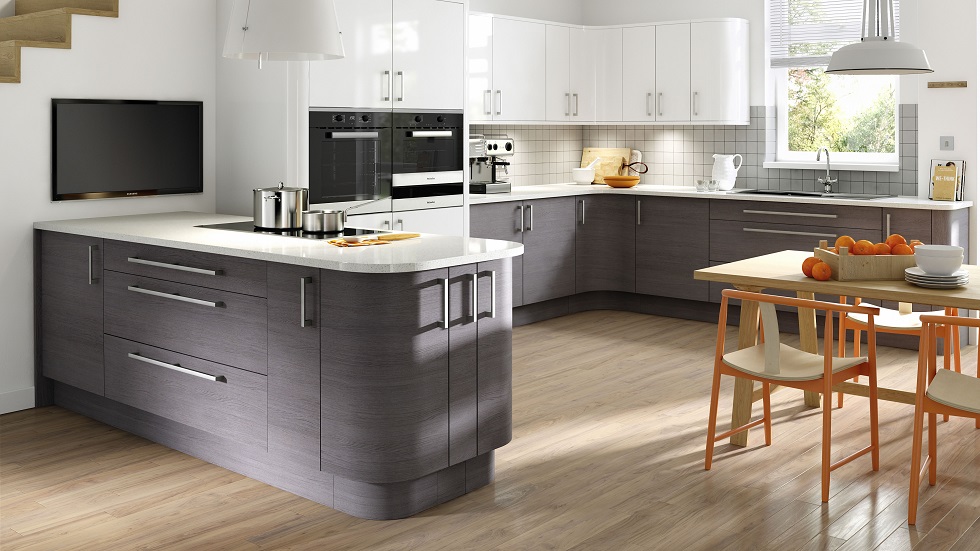Kitchen sinks are touchy rooms in the house and perfect breeding ground for bacteria. Cleaning your sink regularly decreases the chances of germ growth and makes your sink sparkling clean.
Now start by wiping down and cleaning your sink. Second, brush on baking soda, buffing it into it with a sponge (watch out for scratches on stainless steel sinks), then rinse.
stainless steel, and stainless steel.
Sinks in stainless steel look stunning in virtually any kitchen and last for decades. They don’t have any pores, so bacteria can’t build up on them, and they are easy to keep clean with mild sanitizer.
Stainless steel sinks are made of either grade 304 or series 316. Higher grades are more expensive but also offer superior corrosion resistance.
Stainless steel sink gauge is extremely critical, since sinks with a lower gauge are thicker and more durable. They will be less likely to chip, less susceptible to heat, and more resistant to chunky kitchen tools. Stainless steel sinks are commonly stamped, but handcrafted ones are also available with thicker solutions — stamp sinks have less rigid corners and can be less durable, but handcrafted sinks are more durable and repairable than stamped.
Copper: copper is very copper.
Copper sinks are a versatile, beautiful, natural look that can complement any kitchen, whether cottagecore-style or chicly contemporary. They are mostly made of copper with a little zinc added for durability and are available in various finishes, finishes and shapes for your convenience.
Its peculiarity lies in the way copper is naturally patinated over time, turning different shades of copper with water and humidity. This is a natural effect you will usually see on gutters and the Statue of Liberty but you can keep it from looking so bad by not eating as much acidic food, only use gentle cleaners, and dry your sink thoroughly after every use.
The advantages and disadvantages might be based on whether you are okay with a sink becoming old, but it is also a good choice for homeowners who do not want to deal with the muck of maintaining a porcelain sink.
Bamboo has a long lifespan.
If you want to have a more classical or a contemporary look for your kitchen sink. The material you select can also influence how much maintenance it needs, there are materials that do not require regular maintenance while others do.
For example, stainless steel and copper are very durable and antibacterial, whereas porcelain is chippier than other materials and most probably will need to be repaired.
Nontoxic materials such as bamboo are increasingly sought after by homeowners looking for ways to marry aesthetic design with a green conscience. Ruvati’s gorgeous kitchen sink, built from square stainless steel bars attached by strong silicone, folds flat for easy storage when not in use and has a flat top for easy drying – in single and double bowl sizes!
Cast iron with embossed casting.
A solid, thick enameled cast iron sink has heavy but durable legs and is available in a range of beautiful hues (from classic black to chic willow green from Le Creuset). Besides, the material is easy to clean because it won’t rust and holds heat in the same place — both important features when cooking with cast iron!
Porcelain may last longer but on the downsides will chip when dropped and requires regular cleaning like rinsing with water and cleaning with nonabrasive cleaners. Additionally, this heavy substance will require a backing when used on countertops or cabinets.
Fireclay is a clay ceramic that’s fired at high temperatures to make a dense, robust sink material. Kraus’ fireclay model has sharp radius corners to provide a clean and contemporary finish, while the porcelain enamel surface resists both stains and chips. It gets mended with some mild soap and water, beware any aggressive cleaners and corrosive foods!


